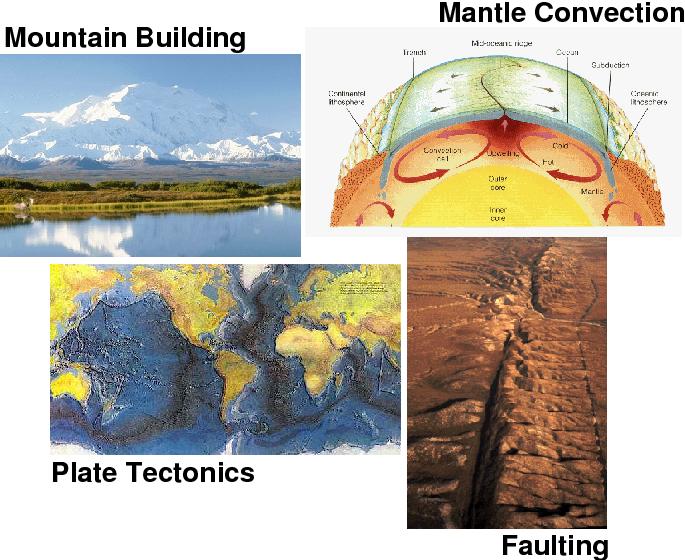
Continent dispersal and development of slow spreading ridges allowed Mg release to the ocean by peridotite-seawater reactions, contributing to the increase of the Mg/Ca ratio of post-Mesozoic seawater. Thus the wave equation and its solutions are not discussed. This prevented peridotite-seawater interaction and Mg release to the Mesozoic ocean, but favored hydrothermal Mg capture and Ca release by the basaltic crust, resulting in a low seawater Mg/Ca ratio. Geodynamics First published in 1982, Don Turcotte and Jerry Schuberts Geodynamics be- came. The Mesozoic Pangean superocean implies a hot fast spreading ridge system. Turcotte, Gerald Schubert Get access to all of the answers and step-by-step video explanations to this book and +1,700 more. Please note that Michael Manga will be at sea on the Roger Revelle (studying the submarine Havre volcano in the Kermadec arc that produced a large eruption in 2. 6.1 Notes on the Solution of the 1D diffusion-advection equation. However, no significant peridotite-seawater interaction and Mg-release to the ocean occur in fast spreading, East Pacific Rise-type ridges. 2 AM Large-Scale Mantle Convection and Numerical Modeling of it. Geodynamics Turcotte Solutions Inc MICHAEL MANGAEPS 1. look at Geodynamics by Donald Turcotte and Gerald Schubert, Cambridge University.

These reactions can release to modern seawater up to 20% of the yearly Mg river input. We show here that reactions of mantle-derived peridotites with seawater along slow spreading mid-ocean ridges contributed to the post-Cretaceous Mg/Ca increase. The seawater Mg/Ca ratio increased significantly from, 80 Ma to present, as suggested by studies of carbonate veins in oceanic basalts and of fluid inclusions in halite.


 0 kommentar(er)
0 kommentar(er)
